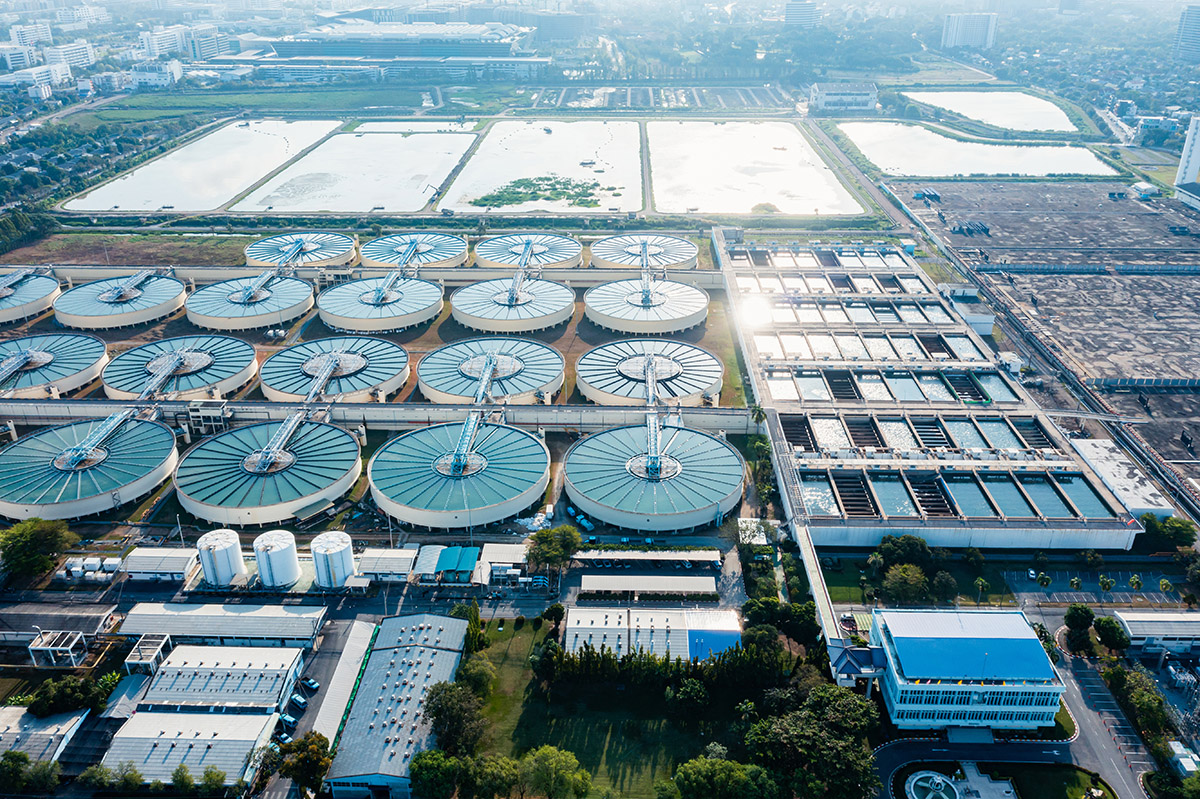Troubles that emerge when one likes somebody who does not reciprocate
One can find themselves feeling powerless,susceptible,and confused when they enjoy someone who does not share the exact same sensations as them. This can be a troubled experience indeed. Unrequited love is typically accompanied by sensations of rejection and inadequacy,resulting in low self-confidence and an increased sense of solitude. Furthermore,it may lead to intrusive thoughts,compulsive behavior,and a failure to move on with one’s life according to lifemagazineusa.com/.
Presume that you have actually been harbouring feelings for a lady for a number of years,however that she just considers you to be a friend. Despite the fact that you secretly pine for her,she continues to date numerous other men. Your heart skips a beat whenever she calls or wants to chat with you,and you are hoping against hope that she will finally confess her undying love for another person. Every time she rejects you or reveals no interest in you,it feels like a confirmation that you are unsatisfactory from her point of view according to Woolwich escorts.
It might be challenging to fully appreciate oneself as a result of these obstacles,which may likewise have an unfavorable effect on other elements of one’s life,such as one’s professional life or their relationships with their family.
Managing the Pain of Heartache and Struggles of the Emotional Kind
On the occasion that it is not attended to in the suitable way,the psychological toll of unrequited love can be ravaging and lasting. Taking the required steps towards recovery and recovery is absolutely essential in order to have the ability to move past these difficulties and eventually discover happiness.
Acceptance of one’s sensations and the practice of self-compassion,which involves dealing with oneself with more generosity than one would treat other people,is one method taken. Support can also be gotten by speaking about one’s emotions with liked ones or by seeking professional support from therapists or counsellors. Both of these options are similarly beneficial.
The pursuit of hobbies and participation in activities that bring happiness can go a long way toward restoring psychological equilibrium,despite the fact that this might seem like a cliché. When one finds brand-new interests or travels to new locations,they may experience unforeseen pleasures that help them develop space between themselves and the scenario that they are presently dealing with.
A smart person when stated that “you don’t have control over the cards that life deals you,however you have control over how you deal with those cards.” When approached in an useful way,the mental distress and psychological distress that result from unrequited love can be seen as a chance for personal advancement and recovery.
Furthermore,it is of the utmost importance to look for closure,especially in relation to relationships. Helping in the process of attaining closure,gaining understanding from the experience,and moving forward can be accomplished by acknowledging that it is not one’s fault.
In addition to this,it is vital to acknowledge that there are other people worldwide who would value it if one expressed their love to them in return. Putting oneself in a position to be available to new chances can pave the way for the discovery of someone who shares the very same level of interest.
